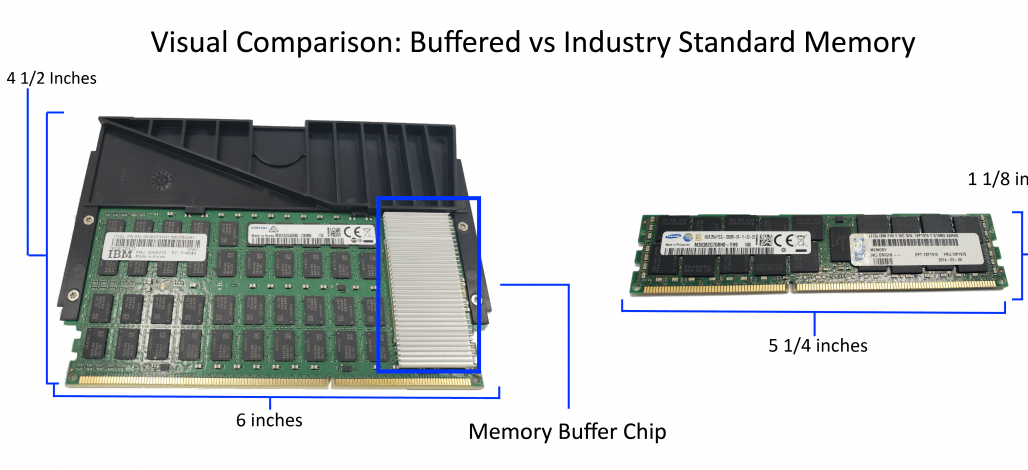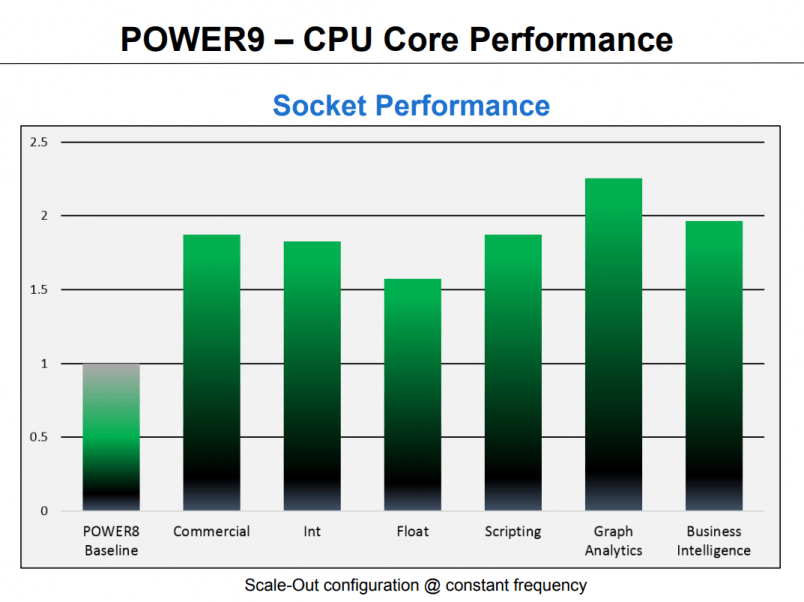Used AS400 IBM Servers | New Power 10 Systems | Managed SIEM Security
POWER9: Main changes and updates Vs POWER8 (2019)
A newer Article is now available to read: IBM POWER8 vs. POWER9 - A Comparative Analysis for 2020
POWER9 is here, and with it comes loads of new hardware. With the second batch of released hardware there are several new systems that are focused on small and mid-range applications. These include Power9 models S922, S914, and S924 as well as Linux and SAP Hana specialized variants, the L922, L924, H922, and H924. The new systems are utilizing POWER9 processors, a new memory standard, and POWERVM standard on all units.
Once again, with a new systems series comes new Power benchmarks as well. Increased CPW speeds and I/O bandwidth, increased memory capacity. With the entry and mid-range systems released so far the increases can be as high as 70% over previous comparable hardware options.
Memory:
The most noticeable change from the move to POWER9 is the transition away from the larger, and more expensive, buffered memory to industry standard DDR4 DIMMs. Due to the increasing costs of memory, this has been seen as a welcome change by many, as industry standard memory is substantially cheaper (20-40% in most cases).
(Image: POWER8 Buffered Memory 16GB DIMM vs Industry Standard 16GB DIMM)
This change also brings with it substantially increased memory capacity per socket compared with previous generation servers with up to 4TB (2TB per socket) on the 2 socket S922 & S924 servers and up to 1TB on the single socket S914. In addition, as of July 10th, IBM has also released a brand new 8GB memory feature and is the new smallest single unit of memory available. The introduction of the 8GB feature allows a user to get the most memory bandwidth out of their machine for a lower price. (For a more in depth look at these changes check out this article.)
CPU:
Although the memory change is important, the biggest change is the name sake of the product line; the POWER9 Processor. The new processor comes with some new features such as dynamic performance mode being enabled by default, a 90%+ increase in fabric bandwidth, CAPI 2.0 & PCIe Gen4 compatibility, and offers up to 24 cores per socket.
With the new modular architecture of the main processor, support for the newest I/O connections, and a more efficient instruction pipeline that removed 5 steps from the calculation process, the POWER9 processor has substantially increased performance over previous, POWER8 CPUs.
Dynamic performance mode allows the new POWER9 processors to be set to allow the processor frequency to be adjusted in real time based on current CPU utilization and other environmental conditions. This feature is enabled by default on new POWER9 systems in order to help promote energy savings by lowering the power draw of the processors when maximum frequency is not needed and by reducing cooling costs.
The maximum number of cores possible with POWER9 has doubled to 24 per socket and the fabric bandwidth has also nearly doubled from 38.4GB/s to 74GB/s. This upgraded speed isn't wasted either, as POWER9 also comes with PCIe GEN4 that supports up to 80GB/s which gives CAPI 2.0 connections up to 4 times the previous maximum bandwidth available on POWER8.
Total Cost of Ownership: Continuing costs & Initial Pricing
As far as pricing and maintenance costs go, there is nothing but good news. The pricing structure for POWER9 systems is based on the same structure as POWER8; which means a new POWER9 system will have a very similar upfront cost to a similar POWER8 configuration from years past. As for maintenance, since IBM bases its annual maintenance renewal fees off a tiered system (You can see the tier chart for POWER9 systems here), as long as the new POWER9 system is in the same tier as older POWER8 Systems the costs will be the same.
This means that for the same yearly costs, a POWER9 system will offer better performance, lower energy costs with dynamic performance mode, and the benefit of the longer lifespan of more up to date hardware.
Other Considerations
POWER9 systems only support the last 2 releases of the IBMi Operating System, those being version 7.2 and version 7.3. While POWER8 and older servers support earlier releases and can be upgraded to 7.2 or 7.3 when making the migration to a POWER9 server, consideration must be made about the ERP software intending to be run on the server. With all of the myriad of software available for IBMi it is essential to check if the software intending to be run on the POWER9 system is capable of running on the newest releases of the IBMi operating system.
Here is everything you need to know when planning on upgrading to a POWER9 Server



